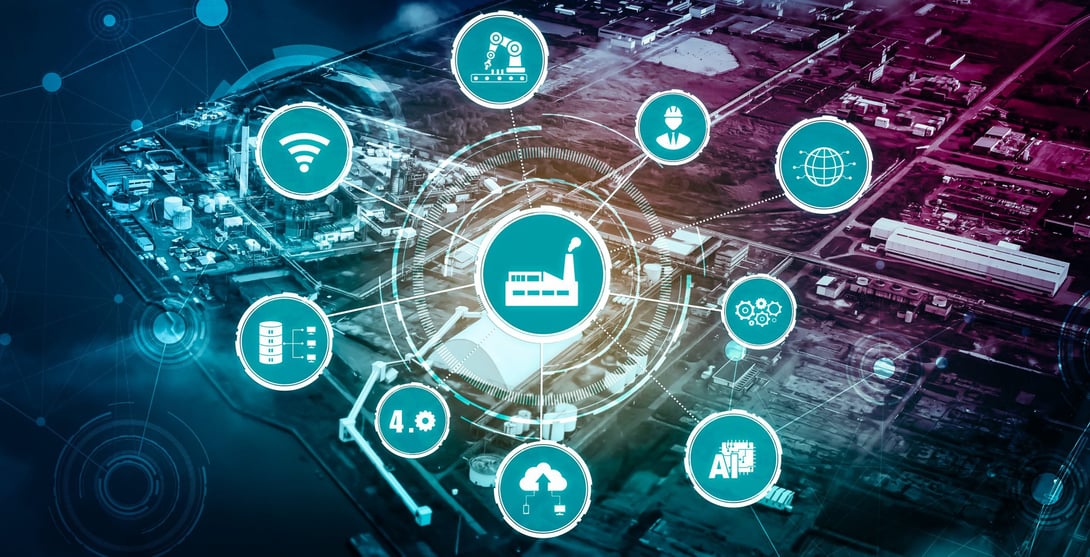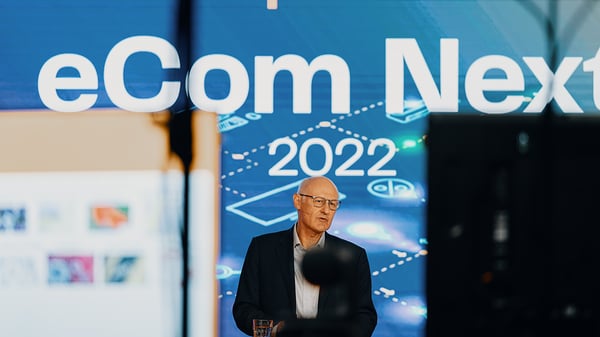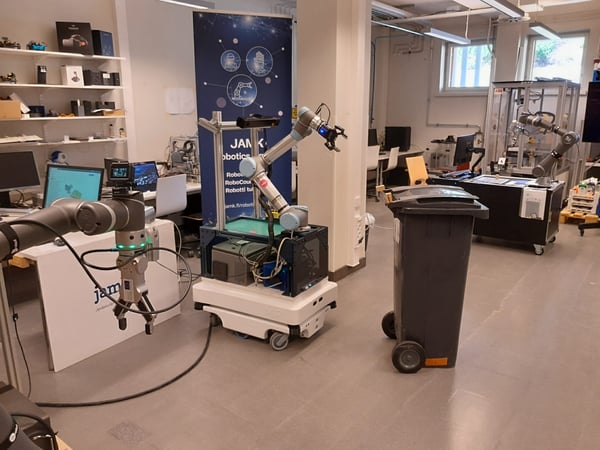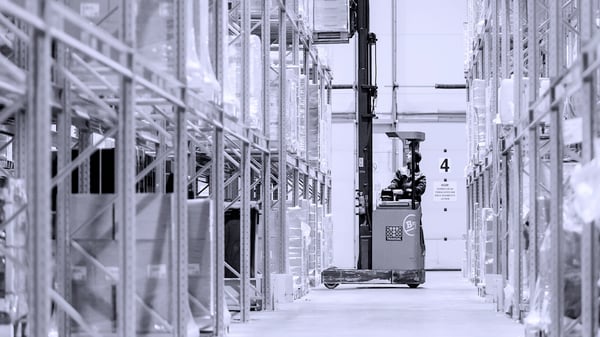Cloud computing, machine learning, data-driven computing, Internet of Things, continuous positioning, automated forklifts and exoskeletons. Under the umbrella of Industry 4.0, new technologies are being brought under the umbrella.
The German government coined the term Industrie 4.0 in 2011 to accelerate the digitalization of the country's industry. From there, the term soon made its way to Finland.
How have things progressed in ten years?
The Finnish engineering industry is not quite as far along in the digitalization process as the debate on the term Industry 4.0 might suggest. The use of robots and sensors, let alone the data collected from them, is still quite rare, says Markku Viljanen, Development Manager at Transval.
Real-time reporting in the production environment with Transval's applications
The situation is not pitch-black. Traditional production methods are being digitized and Excel spreadsheets are slowly being phased out. Companies have realized the importance of using cloud environments and collecting data for business development.
As companies move to new data collection methods, they are piloting data analytics and machine learning.
We are working with a few customers to develop applications that provide them with real-time reporting automatically from their production environment," says Viljanen.
The unified data base will also be used to verify that Transval's service promise is being met. If anomalies are detected in processes, their root causes can be addressed faster and better.
Using data to improve predictability
The next step is to introduce machine learning into systems so that, for example, resource requirements for operations and potential operational risks can be better predicted.
In Viljanen's experience, developing new tools to collect and share data is easier than implementing the solutions themselves in the operational context.
When assessing the overall process and taking into account possible deviations in the processes surrounding the process to be automated, the profitable implementation of an automation solution requires major changes in other processes. These changes are not always readily available," says Viljanen.
Digital applications for everyday production work - Transval leads the way
The use of software robots to automate processes is one area where digitalization is making progress. Another is the rapid and cost-effective production of applications for operational use.
For many industrial companies, we produce mobile applications with low-code tools, among other things. These can help to significantly refine the monitoring of process performance, compared to, for example, analysis based on ERP data alone. Data can also be collected from the production process by imaging, which can be shared with the customer's staff, Viljanen explains the areas of digitalization where Transval is currently making progress with its customers.
The use of low-code software lowers the threshold for digitalization, as logistics development resources can create applications that make the everyday lives of logistics workers easier without the need for programming skills. Transval has a growing pool of such talent.
Call button systems are one of the first applications of digitalization in production environments. Behind the buttons, functions such as emptying waste bins or calling a forklift to production when a batch of goods has been completed are defined. No more phone calls, emails or texts. Data can be collected from the call button system, such as how quickly various actions are taken and when they are completed.
Bluetooth-based indoor location tracking is another area where we are making progress at several of our customer sites," says Viljanen, explaining the practical implementation of the technology, which has been around for a long time.
From logistics partner to logistics developer
The step-by-step progression of digitalization is part of Transval's overall service package for its customers.
Collecting data that is highly descriptive of operational activities often requires additional development of existing systems. For this need, Transval typically develops software robots and mobile applications.
Of course, we need the client's permission to access their data to improve operations. This is part of our partnership, where we use data to look at how we are improving their operations in an open way with our customer," says Viljanen.
Transval's Markku Viljanen sees Transval's role increasingly as a logistics developer, where the use of data is key, in addition to being a traditional logistics partner.
Operational data for controlling mobile robots
Once data collection is developed and the data base is starting to be in place, the next step is to increase the number of different data-generating IoT (Internet of Things) devices and pilot new types of devices. This means, among other things, the introduction of mobile robots. One of the things we've been experimenting with in a collaborative project with educational institutions is how to control mobile robots directly with data generated from operational activities.
One potential area for development as the level of digitalization increases could be more real-time and intelligent resource forecasting. For example, in the supply chain, data from the systems of different parties could be combined to describe at a more granular level the resources required at each stage of the supply chain.
Extending data and data analytics insights to all stakeholders is a growth area for digitalization, which Viljasen says is starting to show a lot of potential for development.
Read about mobile robot pilots in industry
Read more about our industrial services




